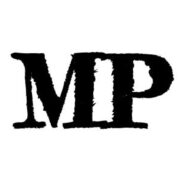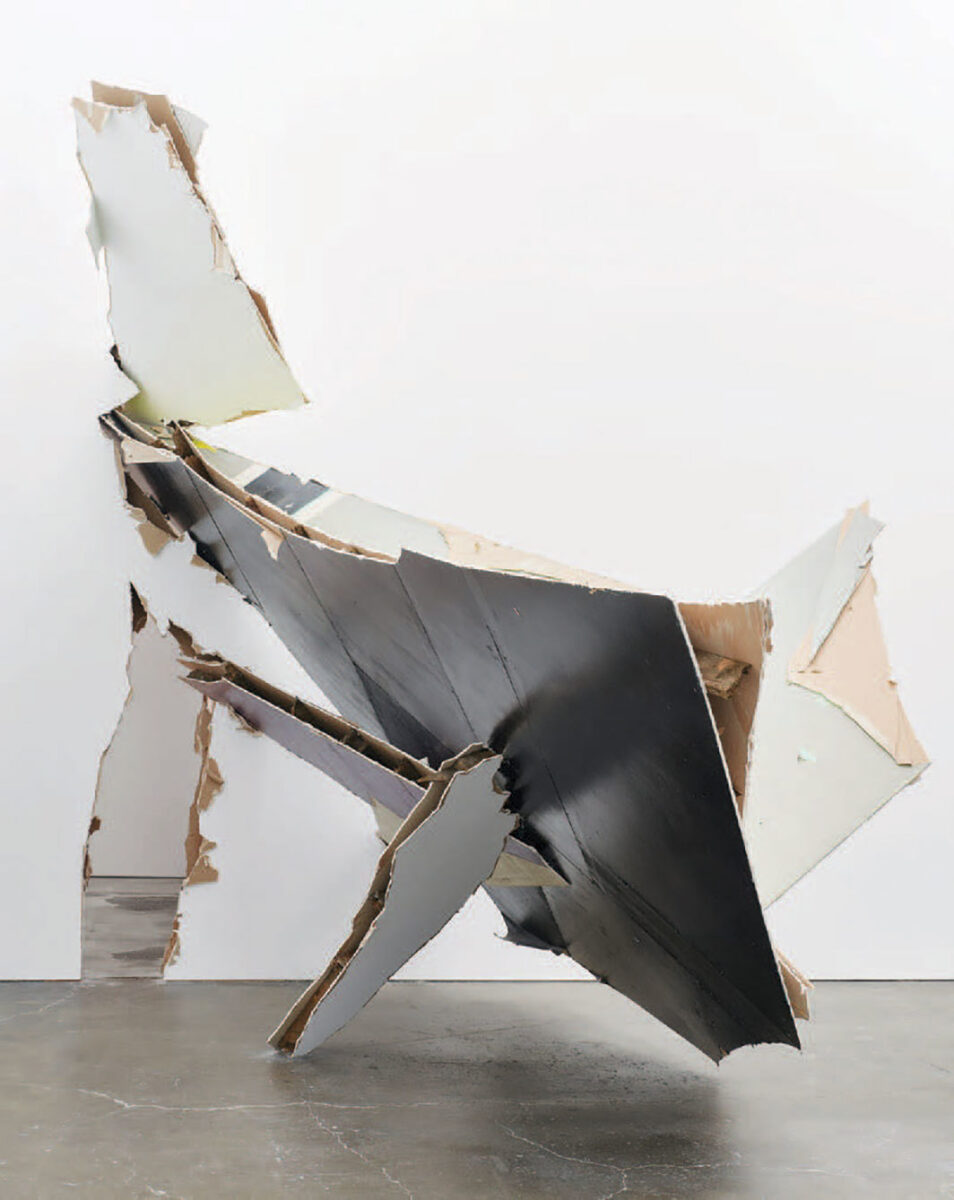
Image courtesy of Adrian Rosenfeld Gallery
Felix Schramm sits down with Erik Sommer to talk about his love of Francis Bacon, not feeling limited by physical space, the importance of his residencies abroad, and his habit of finding inspiration in the storage areas of museums.
I want to irritate the viewers’ common perception.
(ES) Tell us a bit about your background. Where did you grow up?
(FS) The first years of my life I grew up in Hamburg. During this time I was often at my grandfather’s workshop. He was a ship’s carpenter, so I was surrounded by wood and I loved to work with it. My school time I passed in a small town close to Heidelberg. My parent’s house was in front of a forest and I spent most of my free time there.
Where do you live and work now?
In Düsseldorf, Germany.
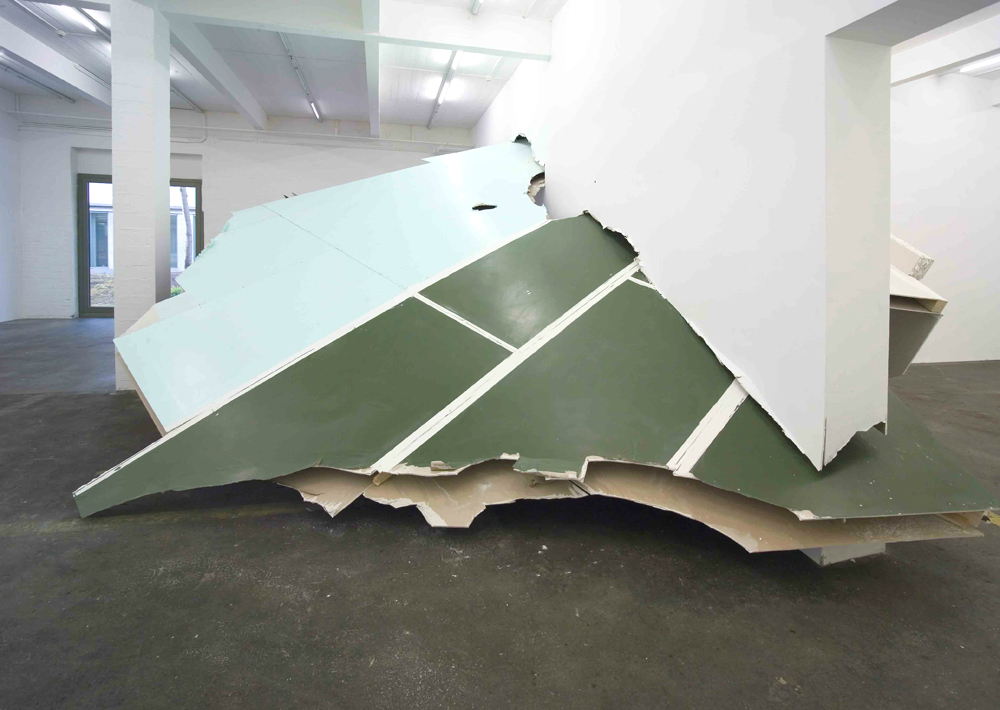
Image courtesy of Kunst Halle Sankt Gallen
How do you think this has influenced your work?
Of course I was influenced by the activity of my grandfather and the direct contact to nature. But, I think that my travels and residencies abroad also have had a strong effect on me. In particular, my long stays in Italy for five years and one year in Japan gave me new perspectives and inspirations.
Do you remember any artworks or artists as a child that captured your attention?
The Kunsthalle Mannheim is located near my hometown. In my adolescence I loved to visit the sculpture department. Paintings like “The Pope II“ of Francis Bacon and “The Execution of Emperor Maximilian“ of Édouard Manet captured my attention.
You have spoken of the relationship between sculpture and space, and how important spatial location is for each of your pieces. How do you tailor a piece for its specific location?
The big sculptures, made out of drywall, I call Spatial Intersections and I develop the form directly in the space. I always try to imagine how the viewer will approach the space. The light and the shape and proportions of the ambient affect my decisions on how to build the sculpture.
Are you ever limited by a physical space, or do you instead react and adjust to the confines of a space while installing your work?
Different spaces always give me new options. Without space an Intersection would not be possible to build. For this reason I do not feel limited by any physical space.
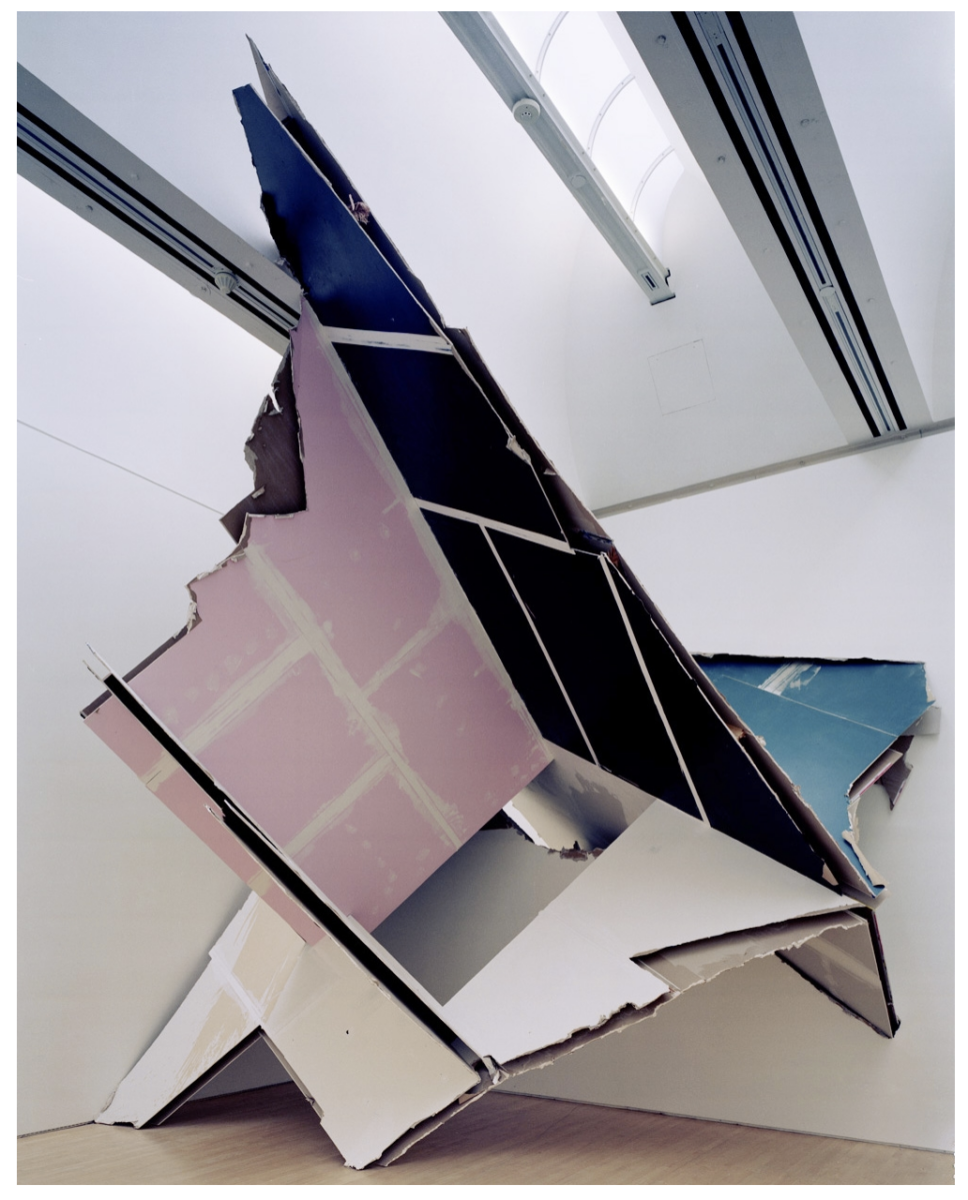
Image courtesy of SFMOMA
When looking at your work a viewer might first notice the destruction of material, which can be a by-product of time. Is time a factor in your work, the effects of time, or are you more concerned with strictly structure and displacement?
In some works I combine old material with new. For example, once I integrated 80-year-old tiles in my work, which I had extracted from an old hospital. This creates something like a time shift. In the same work older materials stay in a direct neighborhood with new elements.
But generally, if you open walls, you build new perspectives and a spatiotemporal passage. This practice creates openings and the possibility of “looking through constructions“. The viewer can move differently in the space and see the element of the construction, which before was hidden behind another construction. This situation, to see “forms through forms“, creates for the viewer a spatiotemporal cut.
The industrial material you use- drywall, steel, wood, plaster- and the way you use them can be intimidating. Are you concerned with making the viewer feel uncomfortable or threatened? What types of reactions do you want the audience to have with your work?
If you undermine your own knowledge of building structures you discover new things and relationships among the elements which in the end generates new possibilities for the viewer. I want to irritate the viewers’ common perception.
To open or to break a wall is always something unexpected. And if something unexpected happens, you always see things differently and you start to reflect on the circumstances of things you normally wouldn’t. In my case the viewer in front of an Intersection starts to reflect on space differently. If you see a wall with one or more holes you immediately deliberate: what is a wall? what can be space? If through the opening other shapes appear and they form the result of a large scale hybrid, the cartography of space changes.
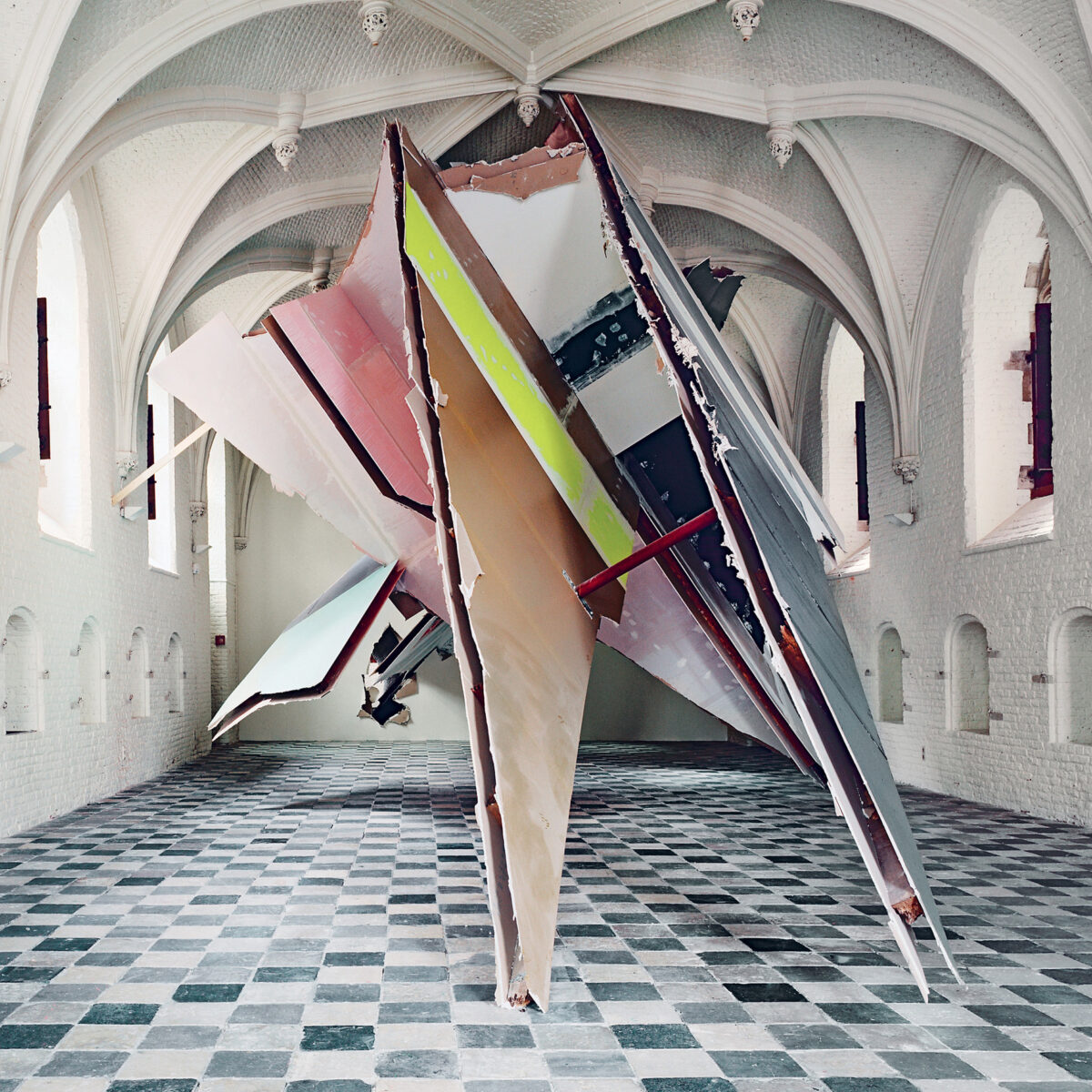
Photograph by Knut Kruppa
Image courtesy of Ribot Gallery
How concerned are you with beauty?
Basically I am not interested in beauty. I am interested in art, which does irritate and undermine. But it is possible that this creates exactly what we call beauty: structures which build a rhythm between disturbing elements and layers of questioning.
Walk us through how you start and then develop a piece.
In my studio I work on 5 -10 different works at the same time. The work process of each project is always different and full of surprises. Also the first steps to build a spatial intersection is studio work. There I build a maquette. It has the function of a 3-dimensional drawing. The elements are small and you can turn them around and add and change objects very fast using strategies which generate chance. For me the process of building artworks needs to be based on a malleable process, where it is possible to change operations.
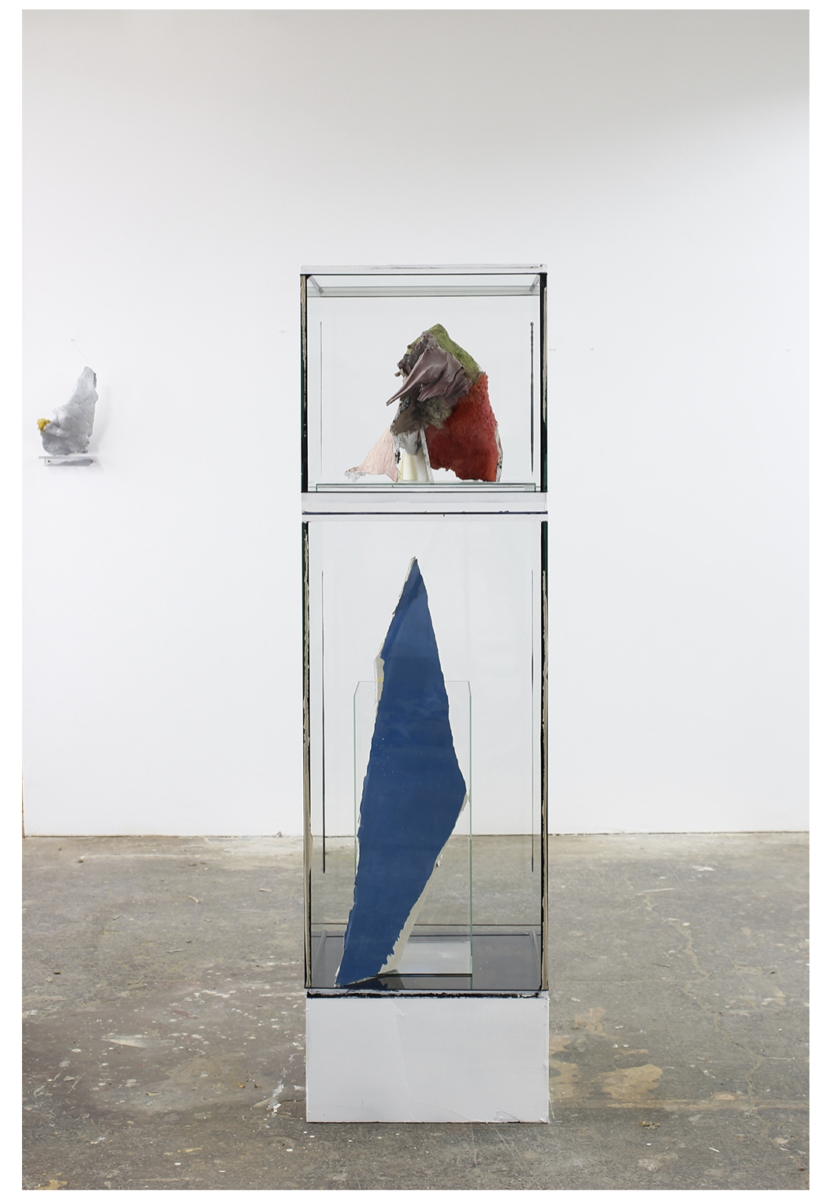
Image courtesy of Felix Schramm
I start the project well planned, but many things I change during the process of building in large-scale. Here position and shapes of the elements always change and I always decide the use of color on site after learning more about the exhibition space. In the storage of the institutions and museums I look for leftover colors and materials from previous exhibitions and projects. There I find colors which I would have never chosen before and I combine them with colors I am familiar with.
How do you remain challenged?
I work in very different ways with different formats. For example, right now I work on smaller sculptures, so called Accumulations, which I realize not on site but in my studio. This group of work includes various kinds of elements built with different materials. Soon I will start to work again on a group of work I call Multilayer, which are made of torn inkjet prints.
Any recent or upcoming projects?
Right now I am preparing a site specific project for the Kunstmuseum Stuttgart and works for a solo show at Markus Lüttgen Gallery.
Finally, what is your favorite color?
I like all kinds of colors in the same way.
To learn more about Felix Schramm visit his website and Instagram page.
